She’s Got Bette Davis Skies: An Asteroid Bio of Bette Davis
When it comes to Old Hollywood glamor, style and chic, nobody does it like Bette Davis. Which is ironic, because, unlike most actresses of her era, Bette never shied away from unglamorous parts, unlikeable characters, and unflattering makeup, even agreeing to aging techniques that had her convincingly playing a 60-year-old Virgin Queen when she was barely 30 herself.
Bette Davis was the first actor to garner ten Academy Award nominations, winning the Best Actress Oscar twice. From 1938 through 1942, she was nominated every year, another record that has yet to be equaled. Her affinity with Oscar may extend beyond competition, with a story (likely apocryphal) that Davis gave the award its nickname, saying that its posterior resembled that of her first husband, bandleader Harmon Oscar Nelson.
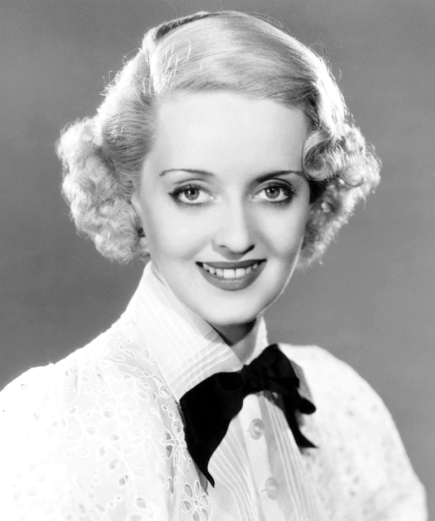
Born Ruth Elizabeth Davis on 5 April 1908 at 9 PM EST in Lowell, Massachusetts (Rodden Rating A), she was always “Betty”, to distinguish her from her mother, also Ruth. Early on she altered the spelling to “Bette,” after a character in a book by Balzac that she admired. One’s own PNAs (Personal-Named Asteroids) typically interact with the Sun, Moon, Ascendant, or Mercury (as ruling the naming function), and Davis is no exception, with asteroid Ruth 798 at 17 Pisces conjoined Mercury at 20 Pisces, squared the Moon at 16 Gemini and trine the 18 Scorpio Ascendant.
On that Ascendant is asteroid Elisabetta 25337, perhaps prompting the use of her middle name as her identity, with the Ascendant ruling our public face and how others see us. Asteroid Betti 17076, phonetic match to the nickname by which she was known, appears at 23 Leo, conjunct the 0 Virgo Midheaven, ruling career, reputation and place in the world, and squared the Ascendant. It’s also at station, turning direct two days before her birth, marking it as having pivotal impact on Davis, as her choice for a public and career identity. Asteroid Davis 3638 at 6 Libra widely opposes the 15 Aries Sun and is semisquare the Ascendant.
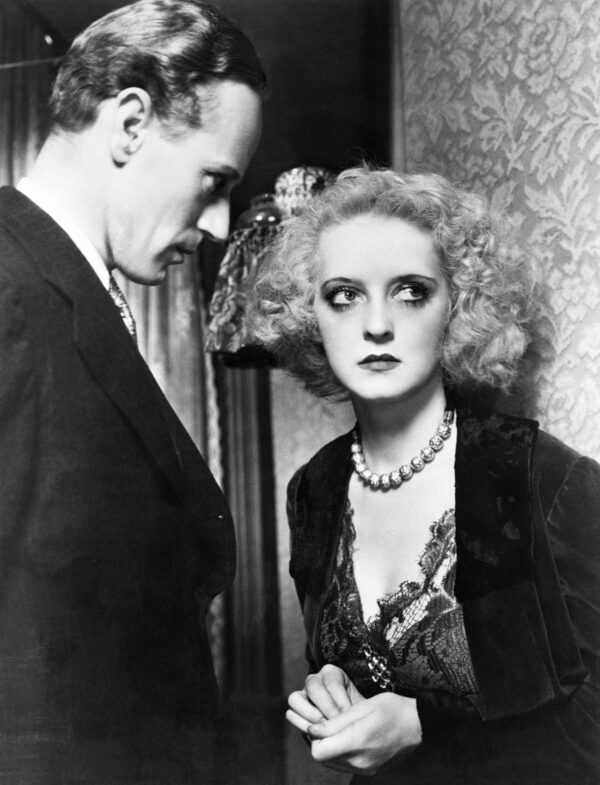
Davis comes by her acting talent naturally, with the Sun opposing asteroid Actor 12238 at 23 Libra, and squared Neptune, ruling films, at 12 Cancer (though these are too wide of each other for this to be considered a T-Square). Asteroid Oskar 750 (alternate spelling of Oscar) at 26 Taurus resonates with angular force, conjunct the 18 Taurus Descendant and squared asteroid Betti and the MC, also trine asteroid Nike 307, named for the Greek goddess of victory, at 2 Aquarius and inconjunct asteroid Actor. Asteroid Academia 829 at 11 Pisces, for the Academy of Motion Picture Arts & Sciences, which sponsors the Awards, conjoins asteroid Ruth at 17 Pisces and is sextile asteroid Victoria (Nike’s Roman counterpart) at 12 Taurus, as well as sesquiquadrate Actor.

Davis honed her craft on Broadway, appearing in minor parts for several years before moving to Hollywood in 1930 to try her luck at the silver screen. Her initial impression was unfavorable, with several failed screen tests, but Universal Studio’s lead cinematographer Karl Freund urged owner Carl Laemmle to give her a chance, based on the beauty of her eyes. A year and six flops later, Universal declined to renew her contract, but she was picked up by Warner Brothers, with whom she had a productive but sometimes tempestuous twenty-year relationship that made the headlines as much as the entertainment section. This is reflected in the chart by asteroid Warner 8734 at 5 Aries, within orb of the Sun and closely aligned with Saturn at 2 Aries, ruling both career and difficult or problematic relations.
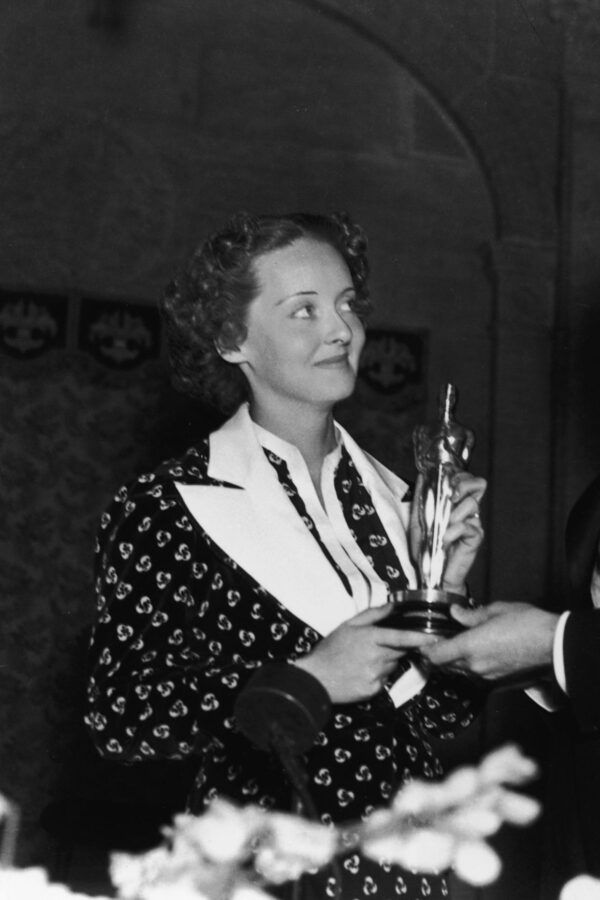
Davis churned out twenty films for Warner before 1934’s “Of Human Bondage” brought her into the limelight, as the slatternly waitress Mildred Rogers in the screen adaptation of the book by Somerset Maugham. The breakout role, a critical success, was of the typical unsympathetic character type in which Davis excelled, and there was an outcry among colleagues when she wasn’t nominated for her performance. Nominee Norma Shearer joined a campaign to promote a write-in vote for Davis, who came in third for the award, but her Mildred left a lasting impression.
Asteroid Mildred 878 made a lasting impression in Davis’ chart as well, appearing at 6 Sagittarius in a stationary stance. Stationary points exert a greater-than-usual influence on the individual’s character or biography, and Mildred, mirroring the role which made her famous, turned retrograde two days before she was born (perhaps not coincidentally, the same day Betti turned direct). More, Mildred participates in a Grand Trine Kite pattern, with trine aspects to natal Jupiter (ruling fame) at 3 Leo and Saturn (ruling career) at 2 Aries. Unbelievably, the point at the String of the Kite, guiding its manifestation, is asteroid Rogers 7894, opposed Mildred, thus encompassing the character’s full name in that pattern that so changed her life and career trajectory!
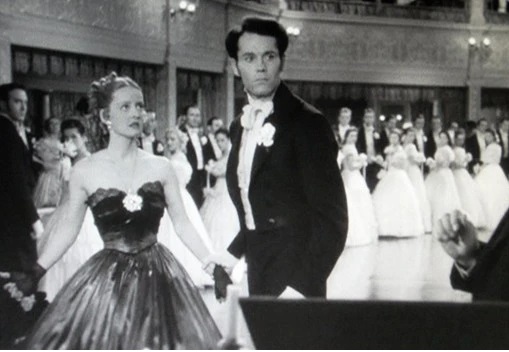
We can see the potential for a win when the 1934 Academy Awards were presented on 27 February 1935, with asteroid Victoria at 9 Scorpio squared an exact pairing of asteroids Elisabetha 412 (another variant of Elizabeth) and Rogers at 11 Aquarius, seamlessly uniting actress and role. Mercury at 19 Aquarius conjoined this pair suggests the write-in (Mercury) vote. As well, asteroid Betti at 0 Sagittarius opposes asteroid Oskar at 2 Gemini, in a T-Square with the 8 Pisces Sun, theoretically putting Davis in the running, but with Saturn also in the mix from 1 Pisces, the victory was denied her.
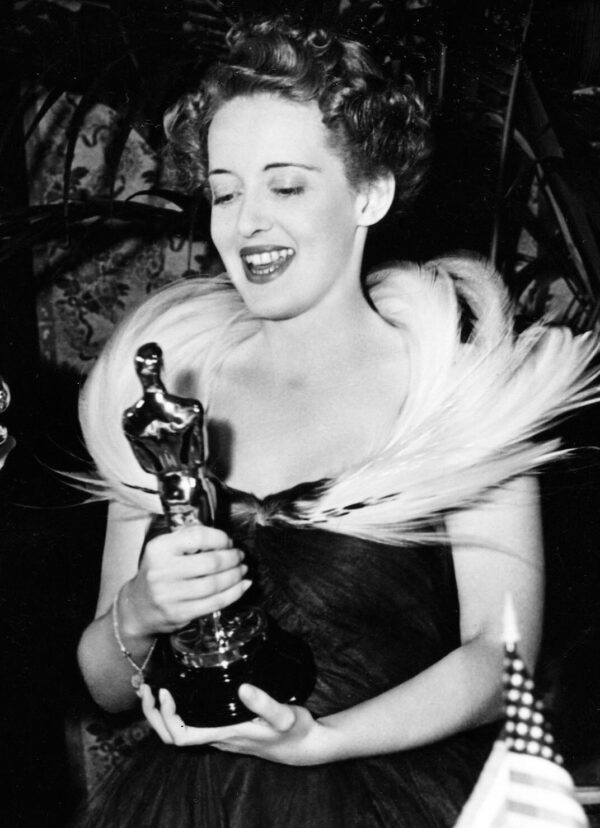
Not so the following year, when Davis took home her first little gold statuette for her performance as Joyce Heath in “Dangerous.” Again we see a stationary PNA to symbolize the role’s importance in her bio.
Asteroid Joyce 5418 at 23 Sagittarius is at station, turning retrograde five days after her birth. Joyce is widely trine both the Sun and the MC, bringing attention (Sun) and enhancing career (MC), but exactly trine asteroid Betti, marking it as a very personal role for Davis. It is also exactly sextile asteroid Actor and inconjunct asteroid Oskar, linking it directly to the Best Actress Academy Award. As well, asteroid Heath 8110 at 5 Aries is widely conjunct the Sun, affording authenticity for the role, but more closely aligned with Saturn, which in addition to career governs recognition and accolades from peers.
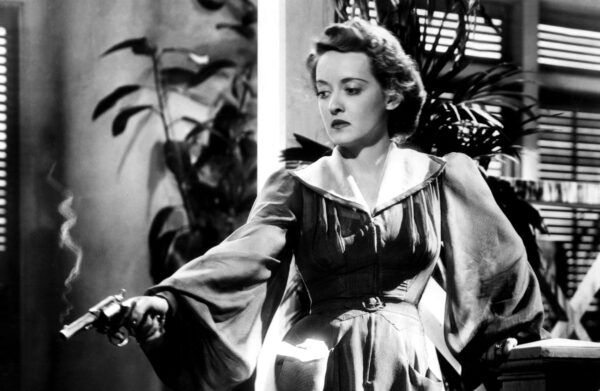
When Davis accepted her award on 5 March 1936 at the 8th Academy Awards, asteroid Heath was at station. At 9 Scorpio, Heath exactly repeats the asteroid Victoria placement from the year before, when Davis was slighted by not being nominated. Cosmic payback, for sure!
More to the point, Heath squares a string of asteroids Actor and Betti with Venus and Mercury, at 7, 18, 15 and 19 Aquarius respectively, mirroring the vote (Mercury) for Davis (Betti) as Best Actress (Venus/Actor). Heath is also trine the Sun at 14 Pisces, with Saturn at 13 Pisces (peer recognition) and asteroid Victoria at 10 Pisces (winning). Asteroid Oskar at 23 Scorpio is squared Betti, (as well as exactly squared natal Betti!), while asteroid Academia at 17 Sagittarius is sextile and asteroid Nike at 4 Libra is sesquiquadrate, for a harmony of energies that spells “Bette Davis wins Academy Award.” Asteroid Joyce appears at 5 Taurus, opposed Heath, in a T-Square with Actor, filling out the celestial impetus for her win. Note also that transit asteroid Oskar is opposing its natal degree of 26 Taurus, at the midpoint of its cycle, a “Full Moon” placement that symbolizes coming to fullness and fruition, with the natal potential fully realized. Not to be outdone, transit Academia exactly squares natal asteroid Ruth at 17 Pisces, her given first name.
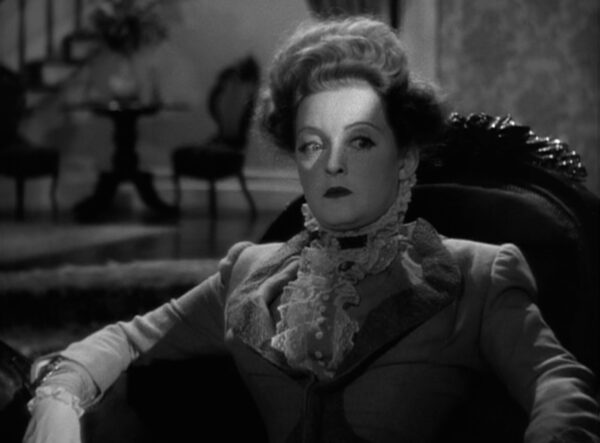
Davis was nominated again three years later, for her work in “Jezebel” (1938), as determined, headstrong southern belle Julie Marsden, and again claimed Oscar gold. Asteroid Julia 89 (closest to Julie) at 20 Taurus has angular importance on the 18 Taurus Descendant, also conjunct natal Oskar at 26 Taurus, while asteroid Marsden 1877 at 9 Libra conjoins Davis, is semisquare Betti, and opposes the Sun, granting that genuine internal identification which leads to an authentic performance.
As before, the skies reflected her victory at the 11th Academy Awards, held 23 February 1939, with asteroid Betti at 20 Sagittarius conjunct asteroid Julia at 16 Sagittarius, strongly identifying her with the role, both squared asteroid Victoria at 26 Pisces. Asteroid Marsden at 16 Virgo completes a T-Square, which asteroid Nike at 14 Gemini makes a loose Grand Cross (with Nike and Victoria too far apart to be considered squared; but not to fear – Jupiter at 12 Pisces fills in the gap).
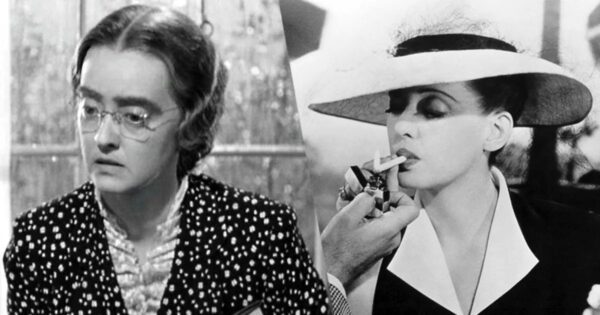
Nominated eight more times but never again winning, Davis may have been a victim of her early successes, with Academy members feeling that others deserved a slice of the pie as well. She came close in 1951, for her bravura performance as Margot Channing in 1950’s “All About Eve,” ranked among the top twenty in the American Film Institute’s list of the best films of all time. But co-star Anne Baxter was also nominated, splitting the “Eve” vote, and Oscar went to Judy Holiday for “Born Yesterday.” Natal asteroids Margo 1175 and Margot 1434 at 29 Taurus and 4 Gemini both conjoin natal Oskar at 26 Taurus, showing the unrealized potential (though as they say, just being nominated is an honor).
Davis had the buzz in 1963 as well, for her shockingly disconcerting performance as Baby Jane Hudson in “Whatever Happened to Baby Jane?” (1962), a suspense thriller in which the former child vaudeville star terrorizes her invalid sister (played by Joan Crawford). There had always been a rivalry between the two for Queen Bee of Hollywood; Davis was nominated for the film, Crawford was not, and began a backstage whispering campaign to torpedo Davis’ chances. The sabotage succeeded, and the unnominated Crawford got her moment in the sun, standing at the podium to accept the award for winner Anne Bancroft (for “The Miracle Worker”), unable to attend.
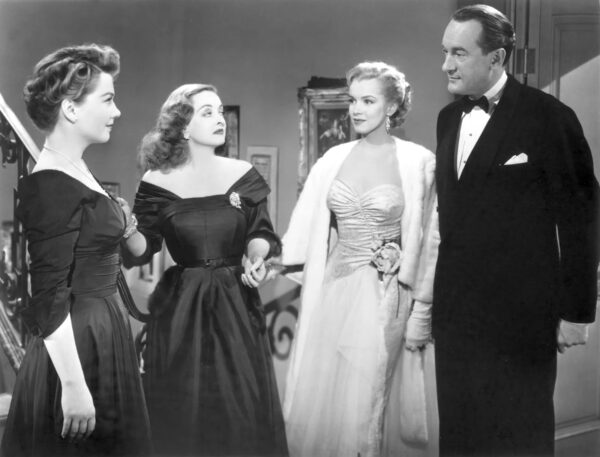
The signs were there for a potential Davis victory at the ceremony held on 8 April 1963 (just days after her 55th birthday), with asteroid Davis at 25 Aries conjunct the 17 Aries Sun; asteroid Betti at 6 Aries conjunct Jupiter at 6 Aries; asteroid Ruth stationary direct at 15 Leo widely conjunct Victoria at 25 Leo; and a triple conjunction of asteroids Academia, Elisabetta and Hudson at 6, 4 and 1 Gemini respectively. But Crawford had the last laugh, with asteroid Crawford 7327 at 27 Scorpio on the fulcrum of a T-Square with winning asteroids Nike at 27 Aquarius and Victoria at 25 Leo, also trine to asteroid Nemesis 128 at 20 Pisces, closely conjunct asteroid Elisabetha at 21 Pisces. She (Crawford) had blocked (Nemesis) Davis (Elisabetha), emerging victorious in her campaign to deny her rival the win (Nike, Victoria), with a cosmic assist from asteroid Joan 2677 at 10 Pisces, and asteroid NOT 2857 (a general disqualifier) at 15 Aries, conjunct the Sun and asteroid Davis at 17 and 25 Aries (note that transit NOT is also resting exactly atop Davis’ natal Sun). Natal Joan at 16 Gemini conjoins Davis’ natal NOT at 12 Gemini, sextile her Sun, while natal Crawford at 15 Aquarius is semisquare natal Saturn at 2 Aries, another symbol of denial or withholding, sextile the Sun, and trine natal NOT/Joan.
“Baby Jane” would be Davis’ last nomination, though she continued to produce notable performances, typically in the suspense genre (such as “Dead Ringer” and “Hush … Hush, Sweet Charlotte,” both in 1964). By the 1970s and 1980s, Davis appeared mostly in made-for-TV movies or smaller parts in ensemble casts, like 1978’s “Death on the Nile” and “Murder with Mirrors” (1985), both Agatha Christie adaptations.
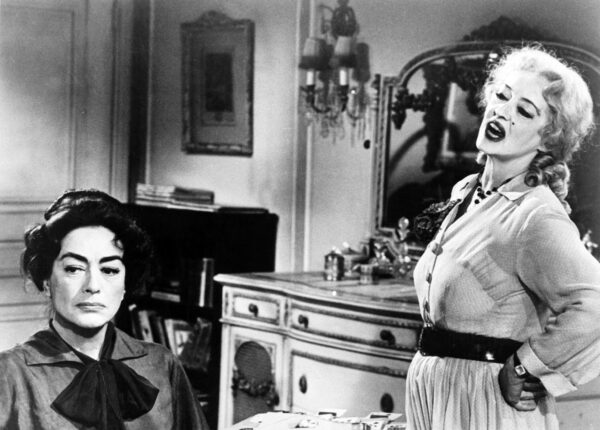
But she had one more starring role in her, “The Whales of August” (1987), with fellow septuagenarians Lillian Gish, Ann Sothern and Vincent Price, which received glowing critical reviews. Sadly, this art film was not her last picture. That would be “Wicked Stepmother” (1989), released the year of her death, featuring Davis in a cameo with eleven minutes of screen time (though to her credit, Davis recognized the abysmal quality of the film, and walked off production, leading to a truncated revision of her part).
But awards and honors continued to accrue. In 1987 she was inducted into the Kennedy Center Honors, and over the next two years Davis was frequently feted for her career achievements, receiving the Legion of Honor from France, the Campione d’Italia from Italy, and the Film Society of Lincoln Center Lifetime Achievement Award.
In 1983, Davis was diagnosed with breast cancer and underwent a mastectomy; the cancer went into remission, but recurred early in 1989. Despite failing health, Davis traveled to Spain that autumn, where she was honored at the San Sebastián International Film Festival, but never made it home. Too exhausted to travel, she was admitted to the American Hospital in Neuilly-sur-Seine, in France, where she died on October 6, 1989.
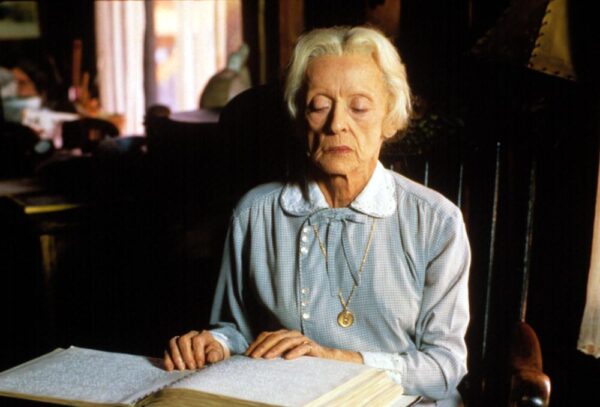
At her passing, asteroid Davis at 3 Gemini was at station, indicating a major change in direction (it had turned retrograde September 27th, but remained at that degree). Davis was trine to asteroid Lachesis at 5 Aquarius, also at station, named for the mythic Greek Fate who determines the span of life. Davis also formed part of a T-Square, opposed asteroid Elisabetha at 5 Sagittarius, with asteroid Requiem 2254, named for the funeral mass for the dead, at 6 Virgo on the fulcrum, where it conjoins asteroid Actor at 8 Virgo.
Additional celestial markers of her passing include asteroid Ruth at 29 Virgo, conjunct Mercury (news) at 26 Virgo and sesquiquadrate asteroid Atropos 273 at 16 Aquarius, named for Lachesis’ sister Fate, who severs the thread of life at death. Asteroid Betti at 2 Aries squares Saturn, ancient lord of death, at 7 Capricorn and asteroid Anubis 1912 at 10 Cap, named for the Egyptian deity governing funerary rites. Asteroid Elisabetta at 22 Cancer conjoins asteroid Rip 7711 at 26 Cancer, which functions as a death indicator in the form of the acronym “RIP,” “Rest In Peace,” a common tombstone inscription.
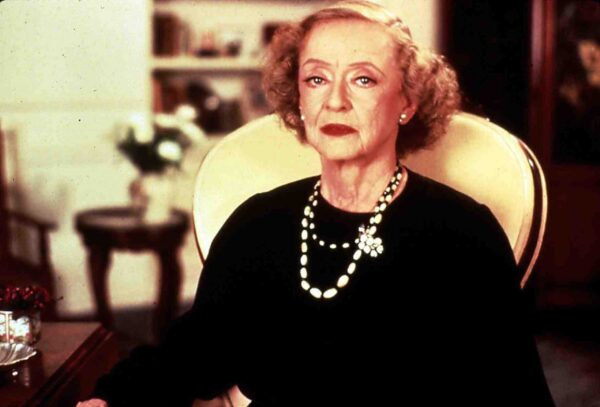
Activations from the transit sky to the natal chart abound. The transit Sun at 13 Libra conjoins natal asteroid Davis at 6 Libra and opposes her natal Sun at 15 Aries, highlighting her once more. Transit Pluto at 13 Scorpio, modern lord of death, conjoins natal asteroids Elisabetta and Requiem at 12 and 15 Scorpio, as well as the 18 Scorpio Ascendant. Transit asteroid Ruth at 29 Virgo opposed natal asteroids Atropos and Rip at 23 and 27 Pisces, in a T-Square with natal Pluto at 22 Gemini. Transit Betti was an exact match for natal Saturn at 2 Aries, ancient lord of death; the transit Elisabetta/Rip duo at 22 and 26 Cancer squared natal Atropos at 22 Aries, while transit Atropos at 16 Aquarius opposed natal asteroid Anubis at 18 Leo.
There’s one more pattern in the passing chart to be considered. Together, asteroids Betti at 2 Aries and Davis at 3 Gemini form the base of a fated pattern called a Yod, or Finger of Destiny, sextile each other, with inconjunct aspects to a pairing of asteroids Academia and Oskar on the Apex at 0 and 5 Scorpio, a final cosmic nod to the Oscar-winning actress who, in the words inscribed on her tombstone, “did it the hard way.”
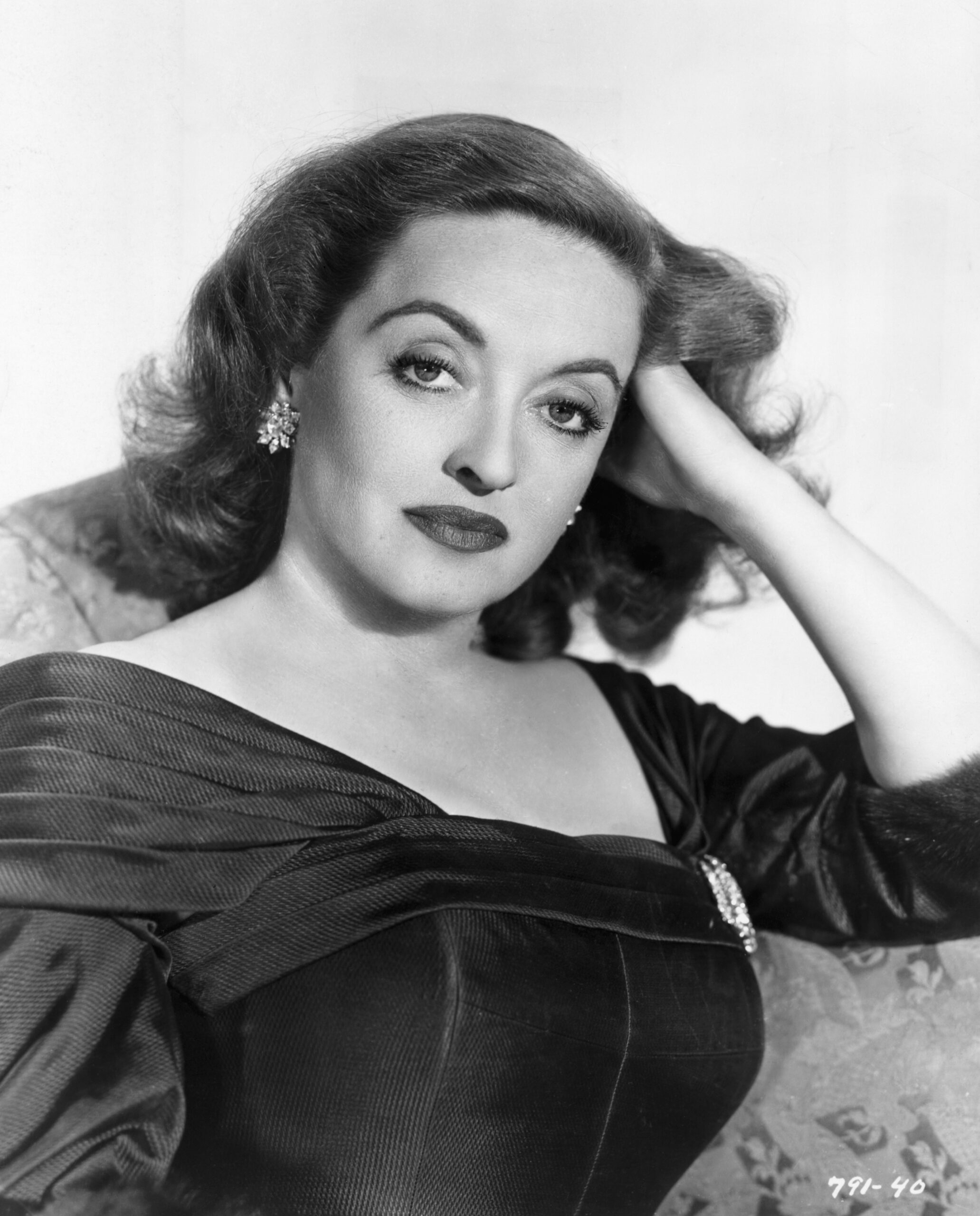

One comment, add yours.
Laurien
Great piece, and I loved the title, lol. I am motivated to find some of these old movies I’ve missed and watch them. You are probably introducing some younger readers to these classic stars too. Thanks Alex!